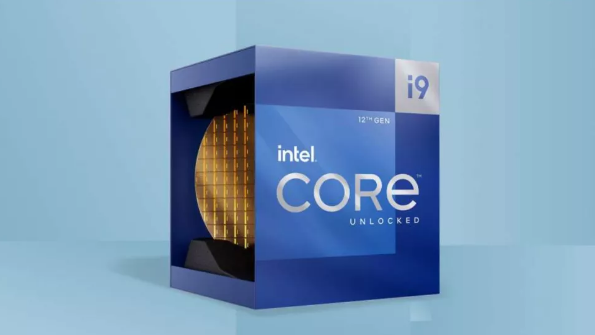Intel Meteor Lake CPUs could arrive later than expected, requiring a new motherboard
LGA 2551 socket purportedly glimpsed for the first time


Intel’s Meteor Lake processors are expected to show up later than expected in Q4 of the following year, with PC chips turning up prior, as per a new gossip which likewise demands that the fourteenth era work area computer chips will require another attachment (however that is a sorry shock – we’ll examine that in more detail later on).
All in all, this implies that work area proprietors who’ve gotten involved with Birch Lake which presented its own new attachment – or the approaching cutting edge Raptor Lake which will keep on utilizing that attachment – will require a new motherboard if they have any desire to move up to Meteor Lake (which addresses a major advance forward for Intel as far as at last getting to 7nm).
This gossip hawking comes from Moore’s Regulation is Dead (MLID) on YouTube(opens in new tab), a customary wellspring of equipment releases that demands that the implied new LGA 2551 attachment will not be vastly different to the ongoing LGA 1700 in size (just somewhat greater), however it’ll be significantly more thick with pins (having half a greater amount of them, as a matter of fact, the leaker accepts – broadcasting a photograph of what’s probably a Meteor Lake chip showing the pin setup).
We definitely knew Meteor Lake is expected for 2023, yet it’ll clearly be the final quarter before work area chips are delivered, with PC computer chips appearing prior, probably in Q3 (however the portable processors could simply sneak in at the finish of Q2, MLID doesn’t appear to be exceptionally persuaded about that).
Bolt Lake, which would be Intel’s fifteenth gen computer chips, are as yet set to turn up in 2024 (in the final part of the year), the leaker states, and as you could expect will stay with a similar attachment as Meteor Lake.
With Bolt Lake, the hypothesis is that Intel will truly stack up with effectiveness centers, heaping on 32 of them with the leader (close by 8 execution centers, which is evidently the thing Group Blue will stay with for the following couple of ages, choosing for drive forward with productivity centers all things being equal).
Analysis: Some slippage, but no real surprise on the socket front
As noted, Intel has proactively let us know that Meteor Lake is expected for 2023, yet past tales demonstrated that the fourteenth gen chips could come before in the year than MLID currently accepts. What appears to have happened is that Intel’s arranged timetable has seen some slippage, so work area Meteor Lake will not show up until the last quarter of the following year now – and for sure the leaker figures cutting edge Raptor Lake has been held up as well.
Evidently, we won’t see those thirteenth gen work area chips until possibly December 2022 (however a paper send off could occur around September or October – at the end of the day, an underlying uncover to basically spark our interest).
In any event, back to Meteor Lake, with an obvious defer this silicon could wind up facing Harmony 5, MLID hypothesizes, as opposed to Harmony 4 as Intel needed. Obviously, take significant modest bunches of salt with all of this, and we could similarly toss question marks over the chance of AMD emerging with Harmony 5 in a convenient design one year from now, evidently.
The other news here is that Meteor Lake will move attachment and require a motherboard redesign, implying that the new LGA 1700 attachment is simply going to be really great for two ages of processors, Birch Lake and Raptor Lake.
Be that as it may, this is no huge shock, as a matter of fact, as Meteor Lake is a major change – dropping to 7nm – and it’s genuinely standard practice, for Intel at any rate, just to help two or three ages of processors with an attachment (LGA 1200, which went before LGA 1700, was just really great for Comet Lake and Rocket Lake, assuming you review).




